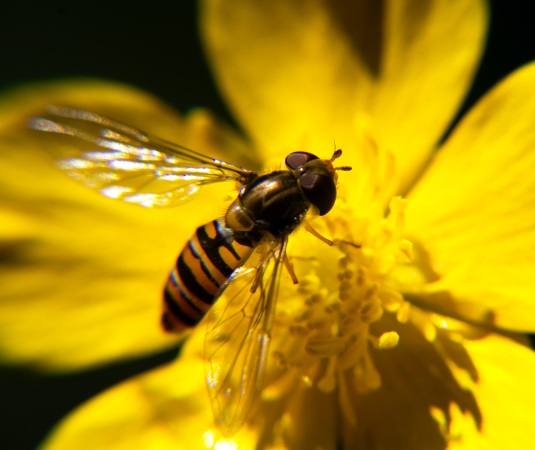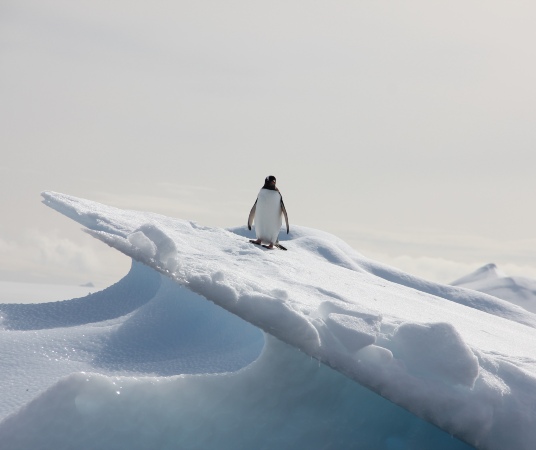The International Day for Biological Diversity is celebrated each year on 22 May, a date in our Calendar dedicated to raising global awareness about the importance of protecting biological resources and the global biodiversity that shapes our environment — not only the various species of plants, animals and microorganisms around us, but also the genetic diversity of each of them, as well as the great variety of ecosystems that make up our planet.
What you’ll find out from this article:
The disappearance of the International Day for Biological Diversity from our list of annual milestones would be major news, as international days of observance exist to give much needed visibility to problems that must be resolutely tackled. But when it comes to biodiversity, the data regarding its deterioration continues to get worse year-on-year and the need to take action to stop this grows increasingly urgent.
According to the UN, three-quarters of the Earth's land-based environment and about 66 % of the marine environment have been altered by human activity, and the latest report submitted by the Intergovernmental Science-Policy Platform on Biodiversity and Ecosystem Services (IPBES), states that more than one million animal and plant species are at risk of extinction.
Only once we realise that we are part of the solution will we be able to put a stop to the damage that we are causing to nature.
When biodiversity suffers, humanity too
 Analyzing our relationship with nature, a reality emerges that we cannot ignore: despite all our technological progress, we depend entirely on healthy, varied ecosystems in order to dispose of water, food, medicines, clothing, fuel, refuge and energy. And that’s just a few examples of what it provides.
Analyzing our relationship with nature, a reality emerges that we cannot ignore: despite all our technological progress, we depend entirely on healthy, varied ecosystems in order to dispose of water, food, medicines, clothing, fuel, refuge and energy. And that’s just a few examples of what it provides.
According to the UN, more than 3 billion people depend on marine and coastal biodiversity for their livelihoods, whilst another 1.6 billion depend on forests. The conservation of all Earth's species no longer constitutes merely an altruistic dimension; it is vital to ensuring our very survival.
In 2024, the theme of the International Day for Biological Diversity is "Be part of the Plan". A slogan that emphasizes the need to halt and reverse biodiversity loss by supporting the implementation of the Kunming-Montreal Global Biodiversity Framework, also known as The Global Biodiversity Framework.
On this occasion, the date seeks to encourage governments, indigenous peoples and local communities, non-governmental organizations, legislators, companies and individuals to highlight the ways in which they support the implementation of the Biodiversity Plan. Everyone has a role to play and therefore can Be Part of the Plan.
This year the celebration of the International Day for Biological Diversity 2024 coincides with the twenty-sixth meeting of the Subsidiary Body for Scientific, Technical and Technological Advice and the fourth meeting of the Subsidiary Body for Implementation. Two meetings of Subsidiary Bodies of the Convention on Biological Diversity, both of which will take place in Nairobi.
Climate change continues to be the great threat to biodiversity
 And despite the fact that biodiversity is fundamental for the survival of human beings, we, humanity, are responsible for its greatest threat: climate change.
And despite the fact that biodiversity is fundamental for the survival of human beings, we, humanity, are responsible for its greatest threat: climate change.
Despite representing only 0.01% of the Earth's biomass, humanity is causing a mass extinction, the first caused by a single species, by drastically modifying ecosystems and reducing biodiversity at an alarming rate.
According to this study published in PNAS, 73 genera of vertebrates have become extinct in the last 500 years, a rate 35 times higher than the natural rate. This has resulted in the loss of unique species such as the Tasmanian tiger and the Yangtze dolphin.
It has also led to a dramatic decline in populations of many species, most notably elephants, which have gone from 10 million to less than half a million in the 20th century.
The polar bear population in Canada's western Hudson Bay has dropped 27% in just five years. The melting of the poles causes a decrease in food for hunting and distances that are sometimes unaffordable to swim across. Their malnutrition and that of their offspring prevents them from spending the winter with guarantees of survival. In fact, a study published in Nature Communications presents a portrait of the challenges that the 25,000 polar bears left on the planet face in order not to die of starvation.
Therefore, this year more than ever, let us each say out loud “I am part of the plan.”
Sources:
https://www.cbd.int/biodiversity-day
Test your knowledge